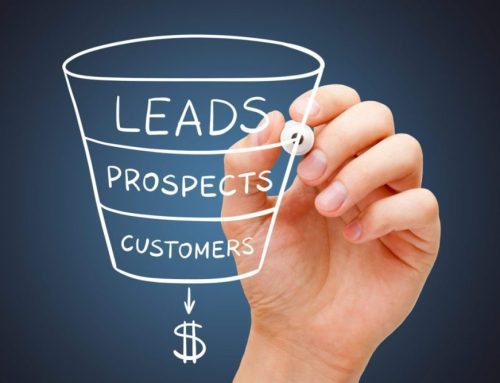Why a fast load time is important
In the fast-paced, digital world we live in, time is everything. A website’s load time refers to the duration it takes for a specific webpage to become interactive and fully loaded. The site speed of your web pages plays a huge role in the overall success of your website. This applies to both desktop and mobile web pages.
If a page takes too long to load, consumers are less likely to stay on the website. The bounce rate is the percentage of users who visit your site and leave without interacting or clicking on another page.
This rate indicates how many visitors do not engage with your website. You calculate the average bounce rate by dividing the number of single-page visits by the total number of visits. A high bounce rate means your website isn’t interesting or useful to visitors, resulting in a lower conversion rate.
The faster your website loads and the lower the bounce rate, the more credible it is to Google search results. Therefore, a good bounce rate means your webpage will rank higher in search engine algorithms for better visibility.
In this article, we will discuss the main factors that affect page speed. We will also explain how you can enhance and monitor your load time.
What factors affect the load time
One of the main factors that negatively affect the page loading speed of a website is image size. The more images you have and the bigger the images are, the slower your site might load. However, that doesn’t mean you should remove all of the images on your webpage.
According to Google, using dynamic and relevant images on a website can improve SEO. This is because it makes the content more interesting and enhances the user experience. Therefore, finding a balance between image file size and the number of images on your site is crucial.
The server that hosts your website is another factor that affects the load time of a webpage. It is necessary to have an appropriate server host that can handle the amount of output and traffic your website gets. Your site’s bandwidth should match the traffic it receives to avoid delays or slow loading for users.
The number of plug-ins on your website also affects the load speed. Be selective about which plug-ins you use on each page of your site.
One factor that you can’t control is how good the user’s internet connection is. Even though it will slow down your website, it will also slow down all other websites the user visits. Therefore, it should not have a negative impact on your website overall.
How you can check and improve your load time
To check the core web vitals of your website, you can use a free, online tool such as GTMetrix. Simply enter your website URL in the tool to get a report on your site’s speed and other information.
To improve your page load time, one thing you can do is optimize images. This means reducing the size of the images, while still maintaining high-enough quality. Optimizing images also includes adding relevant alt text, renaming the image, and including a title tag. Completing those things will increase your overall SEO.
Another way to improve site speed would be to optimize your website code. Minifying code means reducing the size of the code without impacting its primary function. You can use an HTMLMinifying tool such as this one to minimize your code effectively.
Lastly, if the bandwidth of your servers isn’t enough to handle the amount of traffic your website gets, consider upgrading it. A dedicated server just for your site will ensure that your site runs fast even during traffic spikes.
Conclusion
Having a fast loading speed is crucial for optimized SEO and website performance. Google will favor faster sites on their search engine, and it gives users a better overall experience.
There are numerous reasons why a website’s load time is slow, including large files, shared servers, and a number of plugins.
Luckily, there are ways to improve your site’s speed.
If you’re looking for help improving your website’s loading speed, or have any other SEO concerns, call Vortex Digital today at 319.621.0191 for a free no no-obligation consultation.









